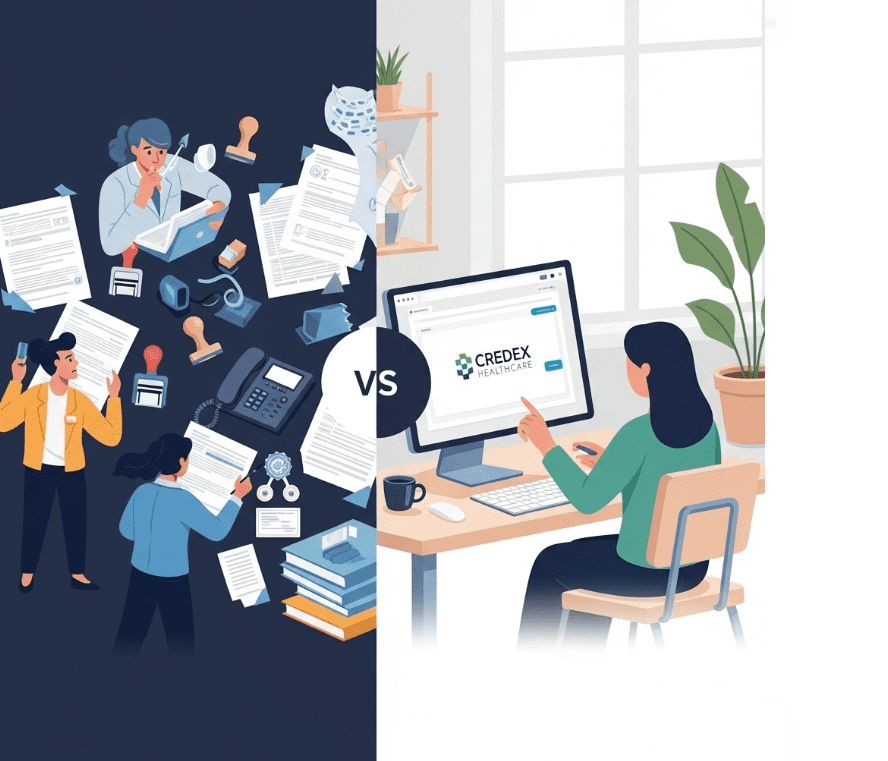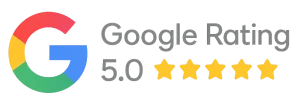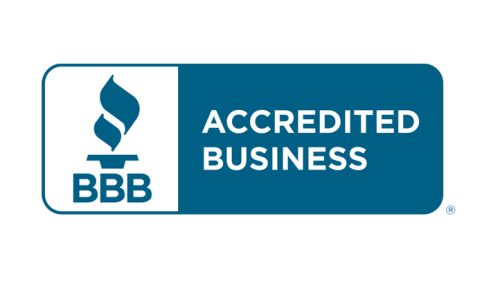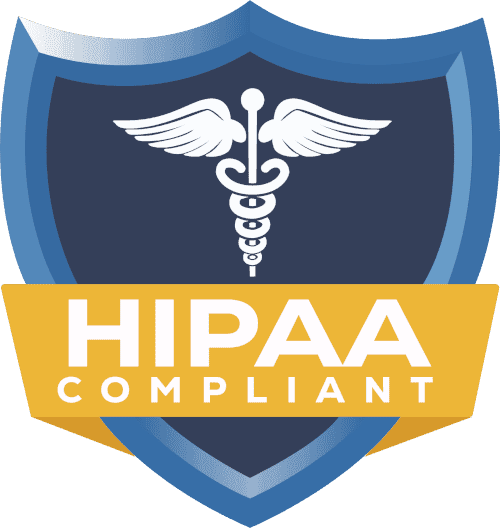Is DIY Credentialing Worth It?

Credentialing with insurance providers is a significant step for healthcare providers. It is a process that can be completed by a single physician or therapist, as well as by a nurse practitioner who chooses to open his or her own practice to see insured patients and receive payments. Credentialing can be costly and time-consuming. That’s why many providers often wonder: Should I do it myself or hire an expert company?
This blog will assist you in making the decision. We are going to discuss what DIY credentialing is, its advantages and drawbacks, duration, and when it is a good idea. It will help you understand whether it is worth doing it by yourself or just paying someone to do it.
What Is DIY Credentialing?
DIY credentialing means that you or someone on your team handles the entire credentialing process by yourself. You do not hire a credentialing agency or third-party provider. Instead, you handle all the form filling, document collection, and payer interactions independently.
The process usually includes creating or updating a CAQH ProView profile, completing the PECOS application for Medicare, enrolling in Medicaid, applying to individual insurance payers, and managing follow-up requests. It also involves meeting deadlines, monitoring re-credentialing, and resolving any issues that arise along the way.
The Advantages of DIY Credentialing
Cost saving is actually one of the greatest motivations for providers to do their credentialing. In cases where you have only a small amount of money to spend on the startup process, you can deal with credentialing by yourself, which will allow you to save the money that you could have spent on a professional.
It also implies that you are in control when you do it yourself. You will know the exact documents that were filed, when follow-ups should be done, as well as know the status. In the long term, you can also develop a greater insight into the working process of credentialing, which will facilitate compliance and subsequent enrollments in the future.
The Disadvantages of DIY Credentialing
DIY credentialing does not cost much, but it is burdensome on time. All the insurance payers involve varied forms, regulations, and schedules. The paperwork becomes a headache for many of the healthcare providers, and the procedures are vague. Incidents such as missing documentation or obsolete CAQH profiles are quite enough to be described as a delay or denial.
It is also frustrating to follow up with various insurance companies. There is pressure to re-credential every year. Failing to do so may result in being removed from a panel and losing income.
How Much Time Does DIY Credentialing Take?
Generally, it is 15 to 30 hours per insurance company on average. That consists of doing a CAQH profile, collecting credentials, applying in PECOS (which is when you are enrolling in Medicare), and filling out all forms with the providers, such as Aetna, Cigna, or UnitedHealthcare.
That does not count the waiting time and error correction. This time requirement may be too much to handle for busy providers, especially those with patients or those operating a clinic.
When DIY Credentialing Makes Sense
Self-credentialing can work when you enroll with one or two insurance panels. It can also suit you well in case you are already familiar with either the billing or administrative fields. When you have a small practice and a limited number of personnel or a tight budget, credentialing may be the best solution that you can do by yourself.
DIY credentialing is also a practical choice when you have available time and are not in a hurry, since rushing can lead to dealing with many deadlines and follow-ups over several months.
When You Should Consider Credentialing Services
If you are credentialing with multiple payers simultaneously, practicing in multiple states, or need to be added quickly to insurance panels, using a credentialing service is often the most efficient option. This approach is especially common among mental health clinics, specialty practices, or providers with high patient volumes, where timely and accurate enrollment is critical to revenue and patient access.
Credentialing companies are already aware of the process of every payer. They minimize mistakes, do follow-ups, and fill out forms quicker. It leaves you free time to concentrate on developing your practice and attending to the patients, and leaves the paperwork to be dealt with by the professionals.
DIY vs. Hiring a Credentialing Company
The main difference between DIY and professional services is cost. If you choose to do it yourself and it works, it’s basically free, but it takes a lot of your time and effort. The most credentialing services typically cost between $200 and $800 per payer. That price covers filling out the forms, tracking, and following up on documents.
Professionals also lower your chance of rejection. You may not know all the details, but credentialing agencies understand what payers require and how to deal with the mistakes. They also maintain re-credentialing dates, hence ensuring you are compliant in the long run.
Tips for Providers Who Want to Try DIY Credentialing
In case you have an urge to credential yourself, be organized. Place a digital file of your license, malpractice insurance, resume, NPI, DEA registration, and other necessary documents. Keep your CAQH profile updated on a regular basis and be certain that you attest every 120 days.
Final Thoughts: Is DIY Credentialing Worth It?
The value of DIY credentialing depends on your practice to determine if it’s worthwhile. It can be a smart way to save money when you work with a few payers, have plenty of free time, and don’t mind handling paperwork. However, for growing practices (and individuals who are short on time), those in a hurry, or providers offering services in multiple states, using a credentialing agency can save time, reduce stress, and protect your income.
FAQs About DIY Credentialing
What is DIY credentialing?
DIY credentialing is where a practitioner takes the insurance panel enrollment process into his own hands without hiring a credentialing firm.
How long does credentialing take if I do it myself?
The time varies between 60 and 180 days per payer, depending on the accuracy and the process of the insurance company.
Is it cheaper to do credentialing on my own?
Yes, you’re not paying money for a service, but it does take time: 15 to 30 hours per payer is common.
What are the risks of DIY credentialing?
These risks are application errors, delays, rejections, and missing re-credentialing dates.
What tools or resources do I need for DIY credentialing?
You will need to use CAQH ProView, PECOS (for Medicare), payer applications, a secure document file system, and a deadline tracking system.



















